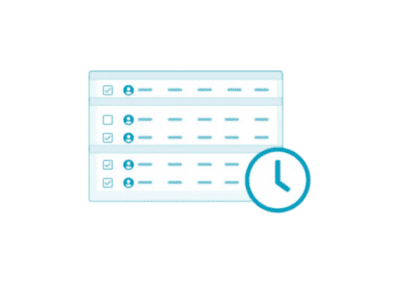The desktop – laptop – mobile device trinity has been a common sight at school and in the workplace for the past decade. A person may have a desktop at home for personal use, a laptop for school and/or work, and a mobile device for when that person is on the go. But are we beginning to see the move towards a totally wireless and untethered future where mobile device usage is the standard?
The Future (and Present) is Wireless
These days, virtually everyone has a smartphone or tablet and, for some, it’s even their primary day-to-day computer. Gradually, as these devices become more powerful and more flexible, non-mobile hardware may start to diminish. Desktop PCs and heavy laptops may become things of the past as companies like Microsoft and Samsung develop smartphone docks (Continuum and DeX respectively) that allow the phone to assume a desktop-like environment. Can this ever totally replace a PC? One of the main issues with this is the processing power of a mobile device. Mobile devices, largely due to their size and limited battery life, use low-power processors to reduce the amount of heat that it has to dissipate as well as to reduce energy consumption. This means mobile devices are almost always less powerful than a workstation.
Does This Mean We’re Stuck With Desktop PCs and Laptops?
No! Although a mobile device might not ever match the processing power of a workstation, this is heavily mitigated by ever increasing internet speeds and cloud-based applications. This has already led to more widespread adoption of the Software as a Service model (SaaS) and kicked off the serverless architecture computing paradigm we are currently experiencing. But not without good reason, one of the benefits of cloud-based applications is they allow much of the computation normally done on your device to be offloaded to a server somewhere.
This means only a light user interface is needed and any heavy lifting will be done by a supercluster in some far off techno bunker somewhere. That’s great, you say, now that we’ve all got supercomputers in our pockets. But not so fast because our application is constantly communicating with a server somewhere the bandwidth requirement will increase.
So Now We Need To Worry About Bandwidth?
Thankfully, this is also quickly becoming a non-issue as next generation, high speed networks are quickly becoming the norm internationally, not to mention all those global internet satellites entrepreneurs like Elon Musk are setting up. In short, all of this means applications on mobile devices do not have to be restricted by the hardware it is running on and, given an internet connection, can simply request data from the cloud as needed.
So, will we see a computing hardware revolution in the coming decade? Nobody knows, but it certainly looking like more and more of a possibility. At Celayix, we are leveraging the power of the cloud with AWS to provide the best-of-breed workforce management software.




